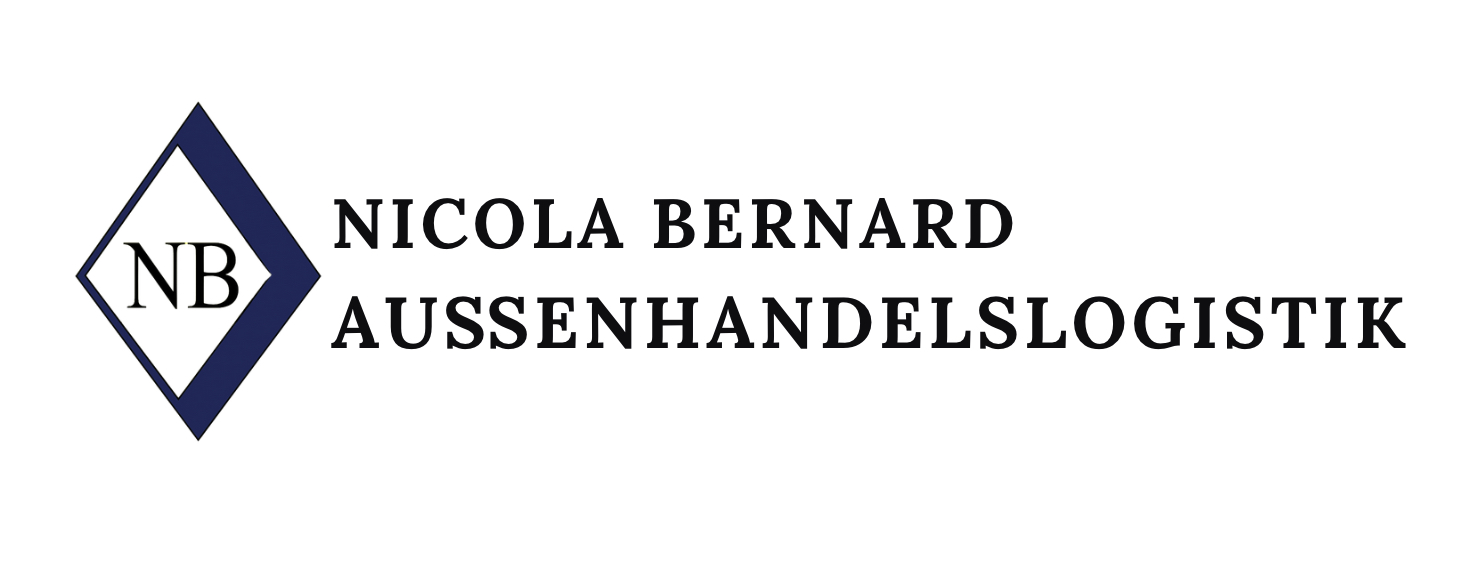New export control laws have been in force in the People’s Republic of China since December 1, 2020. So far, however, companies with trade relations with China have not felt the effects. The reason: A lack of regulations for implementing the new regulations. That should change now.
A draft of the corresponding administrative regulations is now available. Based on this, effects on future business in China can already be derived.
Here is a brief overview:
– The MOFCOM (The Ministry of Commerce of the People’s Republic of China) creates a control list for dual-use goods, including control codes. In this way, dual-use goods can be identified quickly.
– The exporters themselves are responsible for classifying the goods.
– The review of the classification is carried out by external experts commissioned commissioned by MOFCOM.
– Exporters with an internal compliance program (ICP) enjoy simplifications through a “General License” similar to a collective license.
– There will be no US-style re-export controls.
– Instead, there is an end-use certificate, similar to that of BAFA.
Criticism of regulations for dual-use goods
Meanwhile, experts criticize some details of the design. Among other things, the rules on dual-use goods. The harmonization that China has initiated through the new regulations in this area also brings pitfalls. Dr. Deming Zhao, Global Office Shanghai, has therefore developed proposals for changes and sent them to MOFCOM. In his comment, Zhao points out, among other things, that “significant liability risks arise for EBOs, third-party service providers, foreign importers and end users” (AW-Prax, August 22, s. 393). This is often due to a lack of definitions and responsibilities, as Zhao explains in detail in his comment.
Source: AW-Prax – foreign trade practice; August 2022 edition, pages 386-393





